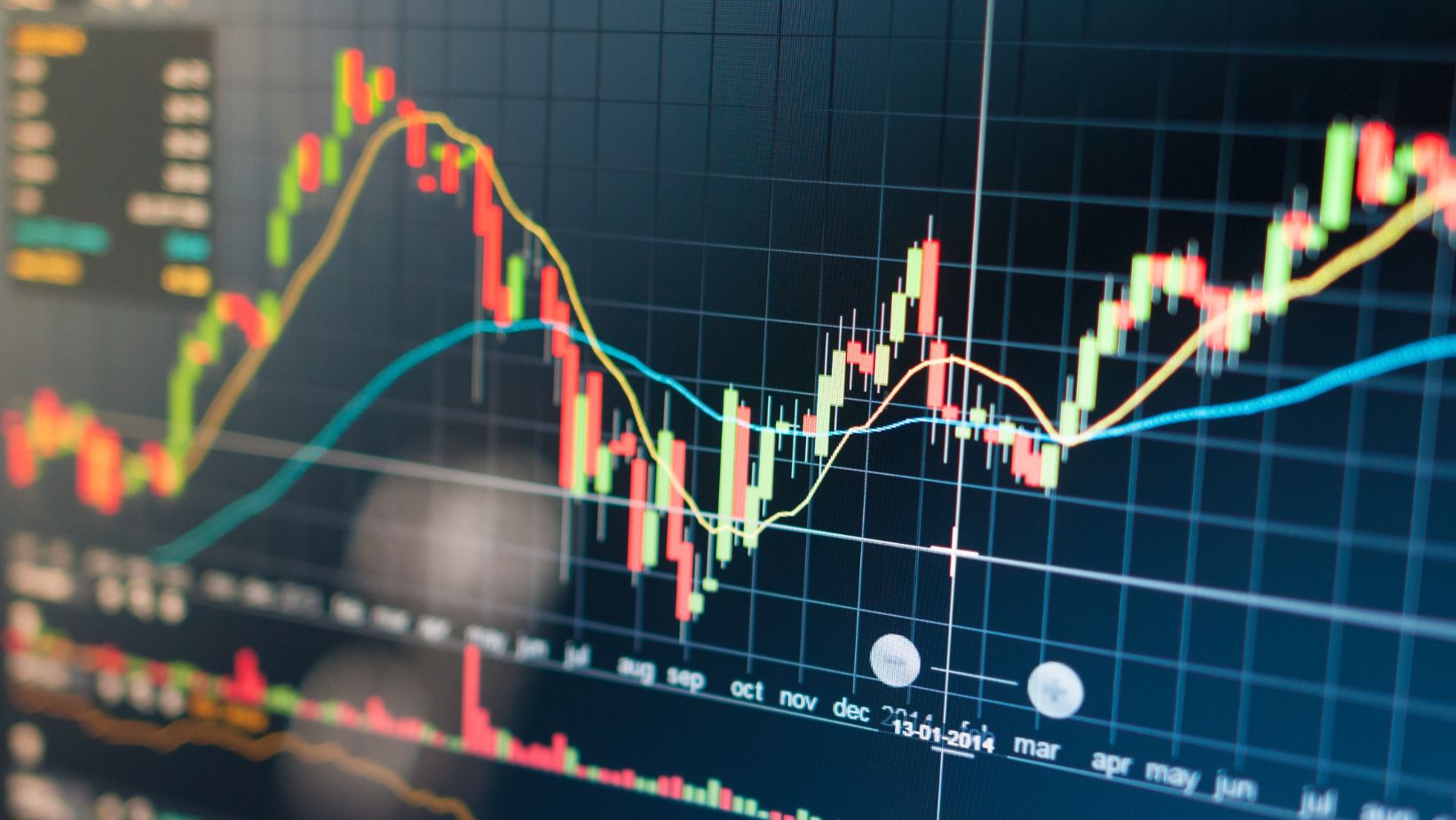If you’ve dabbled in investing or just skimmed the financial news, you’ve probably heard the terms “bull market” and “bear market.” But what do they actually mean? These phrases describe two very different moods of the stock market. A bull market is all about growth and positivity. A bear market? Not so much.
This article will break it all down for you in simple terms.
What Is a Bull Market?
A bull market occurs when prices are rising steadily over a prolonged period, often lasting months or even years. The term is typically used to describe the stock market, but it can apply to other markets like real estate, commodities such as gold, or even cryptocurrency. During a bull market, investor sentiment is high, optimism thrives, and confidence in the economy grows. It’s a time of opportunity, as stocks and other assets tend to perform well, often reaching new highs.
You’ll hear a lot about bull market trends during these periods as analysts and investors discuss how to take advantage of the upward momentum. Businesses often expand during bull markets, increasing production, hiring more staff, and investing in growth opportunities. The economy, in general, tends to flourish, and consumer spending often rises in step with the market. For many, a bull market is seen as a golden opportunity to build wealth and invest in the future.
What Is a Bear Market?
A bear market, by contrast, is the opposite of a bull market. It’s marked by declining prices, often defined as a drop of 20% or more in major indexes like the S&P 500, and can last for months or even years in severe cases. This downward trend causes uncertainty and worry among investors, leading to lower confidence in the market. During bear markets, there’s typically more selling than buying, as investors try to cut their losses and reduce risk exposure.
The effects of a bear market go beyond the stock market. Businesses may struggle as consumer spending slows down. Companies may cut jobs, reduce budgets, or delay expansion plans to weather the economic downturn. Certain industries, like luxury goods or entertainment, may feel the impact more acutely, while others, such as utilities or discount retailers, may hold steady or even thrive.

Bear markets can also affect markets like real estate or commodities, where prices may fall significantly, creating challenges for sellers but potential opportunities for buyers looking for bargains. Overall, a bear market can feel like a long economic winter where caution replaces optimism, and both individuals and businesses adopt a more defensive approach to their financial decisions.
How to Spot the Signs
The stock market is never black and white. But there are ways to tell which phase we’re in. During bull markets, you’ll notice excitement in markets. Prices keep climbing, and trading volumes often increase.
On the flip side, a bear market has distinct warning signs. Prices drop steadily, often paired with bad economic news. People start talking about cautious stock market trends. Fear drives decisions more than optimism. Recognizing these patterns takes practice, but it’s doable.
Causes Behind Market Movements
Bull and bear markets don’t just happen. They’re shaped by events, both global and local. For bulls, a strong economy can pave the way. Low interest rates, rising jobs, and higher consumer spending all contribute.
Bears, though, often emerge during tough times. Maybe there’s a financial crisis. Or a sudden global event, like a pandemic. Sometimes, markets overreact to changes in government policies. These external factors often shift the tide one way or another.
What About Technology and Blockchain?
Technology plays a massive role in how markets move today. Tools like trading apps have made investing more accessible than ever. And then there’s blockchain. This digital innovation has added a whole new dimension to markets.
Cryptocurrencies, which are based on blockchain, have their own bull and bear cycles. Bitcoin’s surging price in 2020-2021 is a classic example of a crypto bull market. When it tanks, though, those are clear bear market moments. Technology continues to shape how markets perform and how people interact with them.
What Should You Do?
Being an investor means facing both bulls and bears. Neither lasts forever. Keep an eye on overvalued stocks, though. Prices can climb too fast. It’s easy to lose sight of reality. When a bear market hits, don’t panic. Selling at a loss can hurt in the long term. Instead, focus on solid companies that are likely to bounce back. Remember, markets often recover stronger than before.
Final Thoughts
Bull and bear markets are just part of the investing world. One represents growth and hope. The other? Downturns and cautious steps. Knowing the differences helps you make smarter decisions. No matter which market you’re in, staying informed is essential.



More Stories
How to Build a Diverse Crypto Portfolio Beyond Bitcoin and Meme Coins
Why Do You Need Crypto Tax Software in the USA?
Bitcoin as an Inflation Protection Tool Against Euro Devaluation in 2025